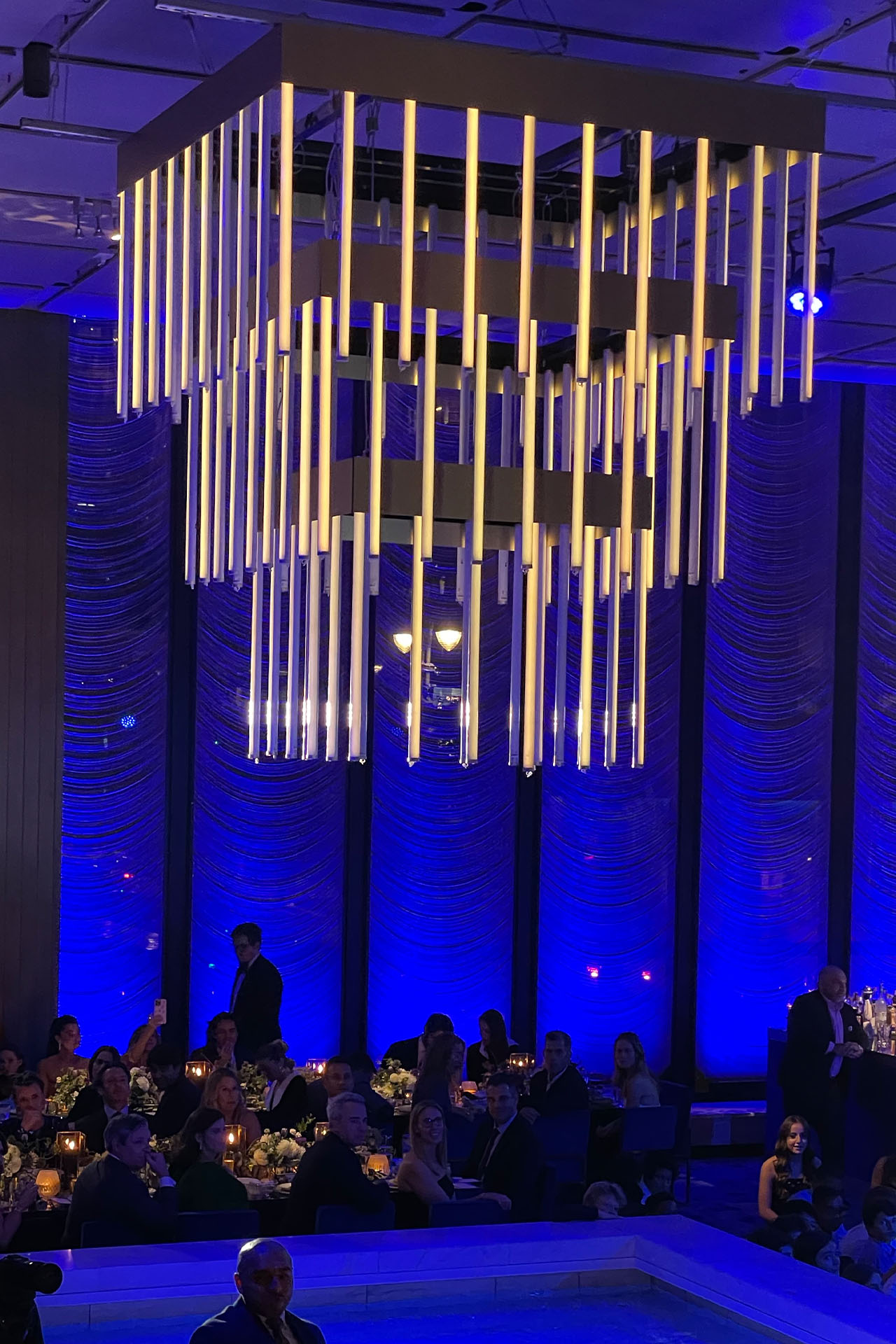Investigating the Advantages and Drawbacks of Fixed Framework and Mobile Display Screensets for Every Viewing Experience
Investigating the Advantages and Drawbacks of Fixed Framework and Mobile Display Screensets for Every Viewing Experience
Blog Article
As it comes to enjoying films, displays, or gaming, the kind of projection display used can greatly influence the viewing encounter. A couple of common options are stationary screens and mobile projection displays. Each kind has its own collection of advantages and drawbacks that can influence which option is best for a specific situation. Comprehending these distinctions can assist individuals and organizations make informed choices about their viewing arrangements.
Stationary projecting displays are designed to be constantly mounted in a specific location. A primary of the key benefits of stationary screens is their capability to provide a flat, flat surface for displaying pictures. This evenness guarantees that the picture clarity is crisp and clear, which is especially important for high-definition content. Additionally, fixed frame displays often feature with a black border that improves differentiation and makes the displayed picture pop more. This type of screen is ideal for home cinemas or specific presentation rooms where the setup will not alter frequently.
Conversely, mobile projection displays provide versatility and ease of use. These displays can be readily assembled and dismantled, making them perfect for occasions that require movement, such as conferences, educational settings, or al fresco film screenings. Mobile screens come in various sizes and styles, including tripod and foldable options, allowing users to choose one that fits their needs. The capability to transport these screens makes them a popular choice for people who require to show in various places or for those who do not have a permanent area for a stationary display.
However, there are some drawbacks to both kinds of screens. Fixed frame screens can be more expensive and require projection surfaces for video installations professional installation, which may not be feasible for everyone. Additionally, after mounted, they cannot be relocated with ease, restricting their application to a single location. On the flip side, portable screens may not provide the same level of image clarity as stationary displays. They can occasionally have creases or bends that impact the display, particularly if they are not configured properly. This can be a concern for those who value picture clarity over convenience.
An additional consideration to take into account is the area accessible for the display. Fixed frame displays need a specific space with enough wall space and proper illumination settings to enhance the watching encounter. This can be a limitation for those residing in smaller homes or apartments. Portable displays, on the other hand, can be employed in various environments, from large theaters to cozy sitting areas. This flexibility makes them a sensible choice for many users, particularly those who may not have a fixed configuration.
To sum up, both fixed frame and portable projection displays have their distinct benefits and disadvantages. Stationary displays excel in providing high-quality images and a professional look, making them appropriate for specific watching spaces. Conversely, mobile displays offer versatility and convenience, making them ideal for on-the-go displays and occasions. By weighing the advantages and drawbacks of both kind, individuals and organizations can select the projection display that best fits their particular requirements and enhances their viewing encounter.